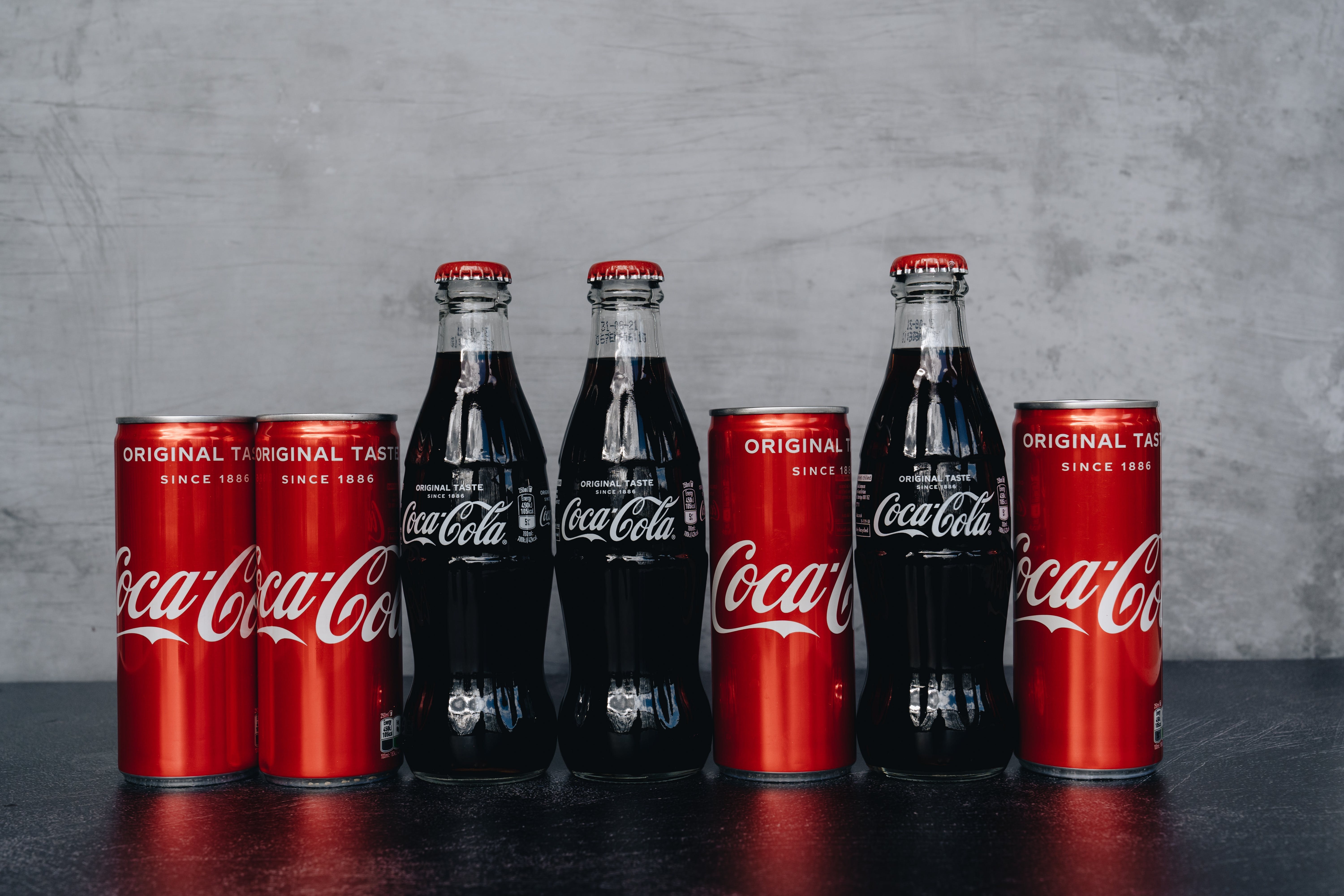Interview with Innovist
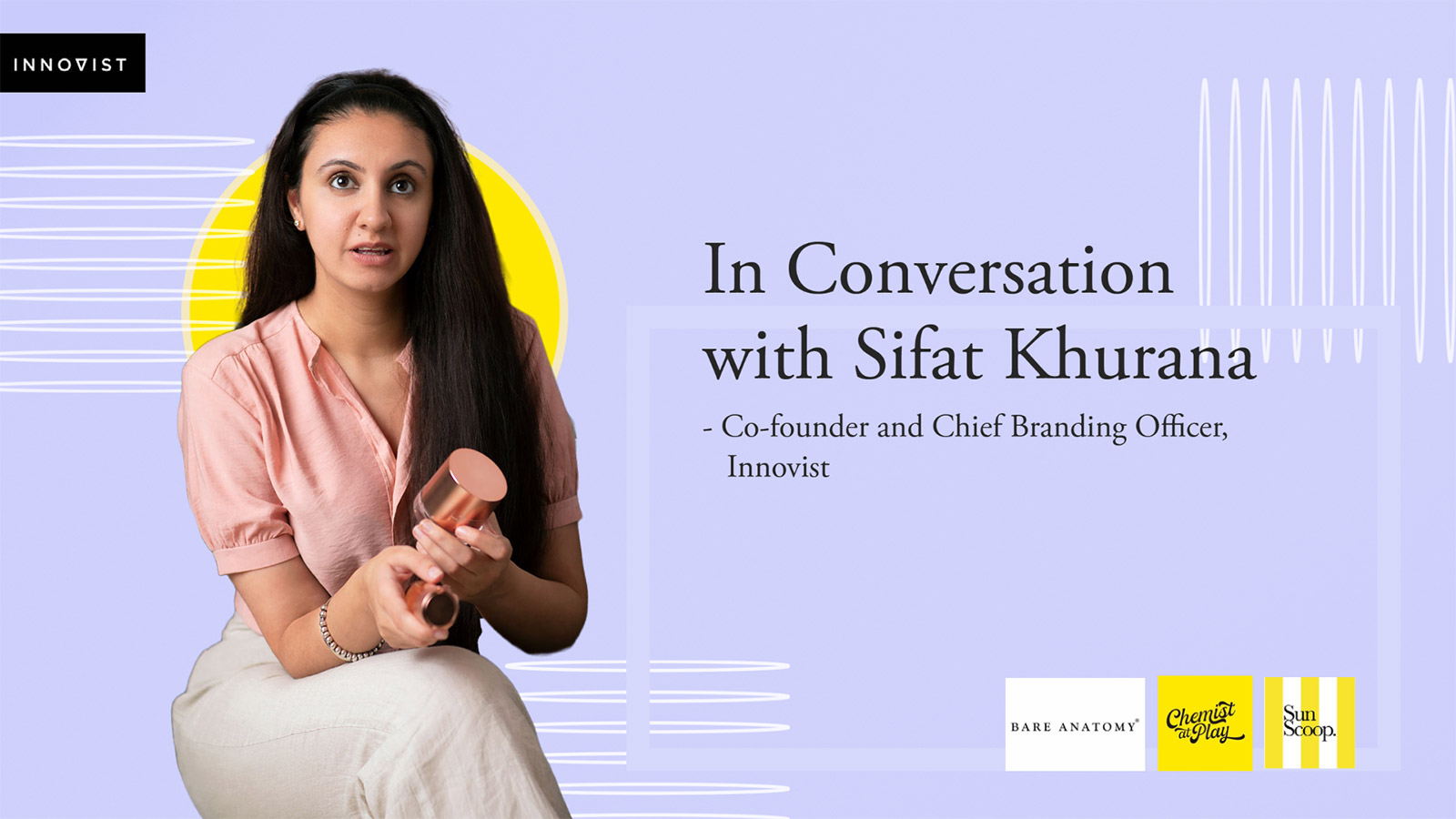
Transformation of the Indian self-care industry is being led by Innovist through a dynamic fusion of customization and market research.
Innovist, the parent company founded by Rohit Chawla, Sifat Khurana, and Vimal Bhola in 2018, has launched three brands under its roof: Bare Anatomy, Chemist at Play, and SunScoop. The company has built many successful products in the healthcare and wellness segments, ranging from skincare and hair care to sun care, by investing heavily in customization and market research.
Excerpts from our interview with Ms. Sifat Khurana, Chief Branding Officer and creative powerhouse of Innovist, shed light on the company’s journey and strategies.
How did Innovist’s customization journey begin?
It all started with Bare Anatomy, a personalized hair care brand entirely based on the theory of customization. In fact, it was one of the first brands in India to enter the hyper-personalization segment of self-care and personal care, and it performed exceptionally well in the market. People associated with it as a customer hair care brand specially made for them.
Before launching Bare Anatomy, we conducted extensive research and market studies, both online and offline, as the women’s grooming market is highly saturated. We recognized that within this crowded landscape, people’s preferences for the same product varied significantly.
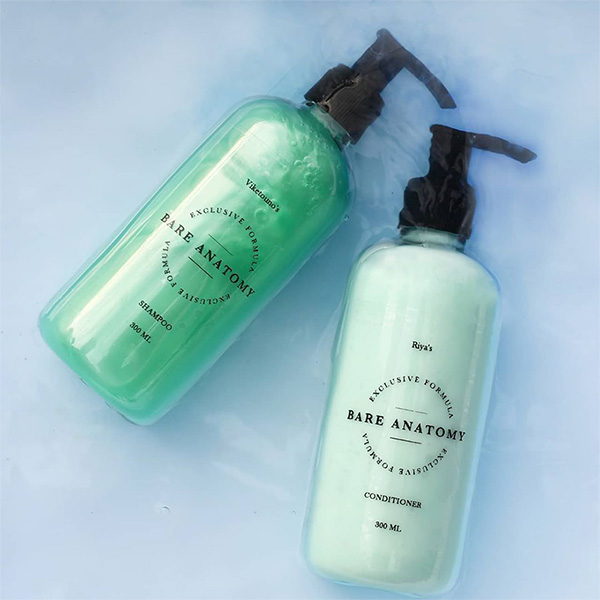
” This insight led to a powerful idea: Why not flip the traditional approach where the product remains at the center and customers revolve around it? Instead, let’s place the customer at the center of the table, where their needs, preferences, and experiences take the spotlight. This is how customization became the core of Bare Anatomy. “
How did Innovist’s customization journey begin?
During the challenging times of the COVID-19 pandemic, the traditional approach of making products in time based on customer data and then shipping them proved to be ineffective. With operations coming to a halt, the business faced a stagnant phase. However, we shifted our focus to essential products such as sanitizers and hand washes to contribute our share to the country during the pandemic.
The focus on self-care during COVID-19 paved the way for a new brand, Chemist at Play, which makes ceramide-based skincare products.
” As founders, our experience and exposure to personal care products also played an important role in understanding what worked and what was lacking in India. Rohit, having lived abroad for several years, helped us identify the gaps in the Indian market. Clearly, market research is important for understanding, creating a space, and addressing existing problems. “
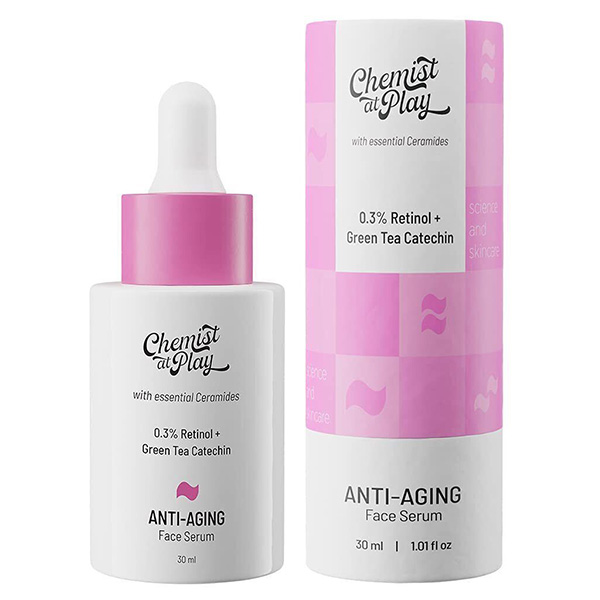
After Chemist at Play, we initiated Sunscoop because we realized that the significance of sunscreen was overlooked, and there was no dedicated sunscreen brand in India. We took it upon ourselves to spread awareness and fill the void in the market. We educated people about the importance of sunscreen through digital marketing, blogs, articles, and strategic social media campaigns.
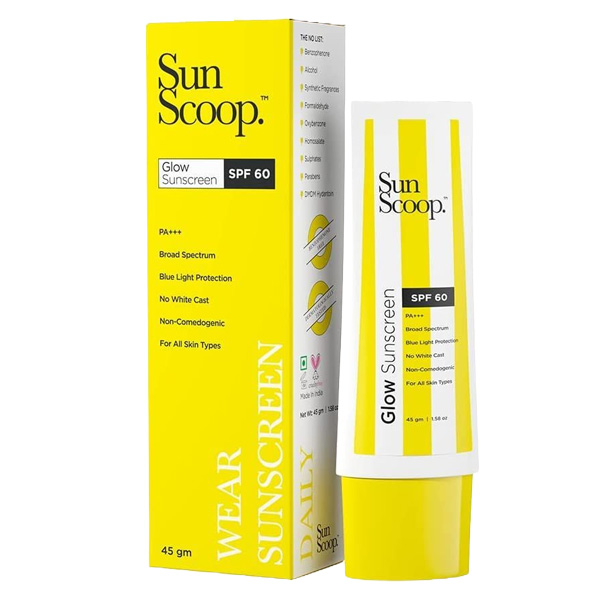
“Recognizing the challenges faced by consumers with respect to sunscreens, we formulated India’s first ever 100% transparent, gel-based, invisible sunscreen – a groundbreaking innovation that revolutionized the industry.
Our vertically integrated approach helps us develop the right kind of products and our market research capabilities help us take strategic and informed decisions.”
How did market research contribute to the company’s development and growth?
Market research has played a huge role in achieving these significant heights. Both primary and secondary research have helped build the company.
Initially, being bootstrapped, we performed all research using our own means. This involved engaging with a diverse range of individuals, administering comprehensive quizzes and questionnaires, and actively listening to their concerns and desires.
For instance, we conducted A/B testing on our logo by presenting different logo options to people through stories and seeking their valuable input. We carefully analyzed and evaluated the feedback to refine and finalize our logo, ensuring that it resonated with our target audience. Customer agreement and choice is always at the center of our decisions.
Secondary research involved studying competitive products, using them ourselves, and discovering the gaps in the existing market. To fill these gaps, we performed clinical trials for products based on extensive data collected, analyzing the feedback received from people after using the products.
Initially, we customized products for every customer
So, how did you scale and maintain revenue?
With our entire research and development facility operating in-house, we had the incredible advantage of integrating cutting-edge technologies such as Machine Learning, AI, and advanced algorithms into our processes.
This technological prowess, combined with our custom-made machines, revolutionized our operations. It helped us maintain complete control over the entire production cycle, ensuring optimal quality and customer satisfaction at every step.
What challenges were faced in conducting market research?
Market research is a dynamic field that presents its fair share of challenges. For instance, in order to gather feedback for a product, we reach out to a select group of individuals who have either volunteered or are part of our exclusive trial program, Innovist Insider. These individuals include customers and influencers who sign up to review our products.
However, receiving genuine feedback can be quite tricky, as only a handful of participants actually respond. To entice more people to take part in these initiatives, we offer enticing incentives such as cash rewards in their website wallets or exclusive discount codes.
“Today, market research goes beyond simply reaching out to individuals; it requires a structured approach. Hiring a specialized agency can simplify the process, as maintaining individual connections and engagement becomes challenging to attain unbiased opinions”
What is the role of social media in market research?
In recent times, social media has become a platform for businesses to acquire customers. Therefore, being active on brand pages on social media is crucial. We conduct a lot of polls and recommendations via Instagram stories, which help us gain deep customer insights about our existing products, understand what new products people want, and stay updated with the latest trends in the market.
We try to decode customer queries on these platforms to understand their exact requirements and expectations from a particular product. We also offer consultation calls with our scientists to address customers’ queries and solve their problems, both on a personal and product level. It’s important to stay in touch with the ground reality.
In fact, one of our best-selling products was developed as a result of a personal problem faced by one of our customers who wrote to us on Instagram. That paved the way for us to solve a genuine pain point. We focus on finding solutions to existing problems.
While we sometimes get lured to take gut-driven decisions, they are always backed by market research. We develop hypotheses but ensure they are backed and validated by data in order to make informed decisions.
Sometimes products fail despite heavily investing in market research. What can be the possible reasons?
There can be various reasons for product failures, such as discrepancies in price points between the offered price and the expected price, the product being more of an excitement reaction than a genuine need, biased questionnaires, differences between theoretical and practical liking, inappropriate packaging, irrelevant or incorrect messages for consumers, and decision paralysis due to too many choices. Sometimes, tweaking the messaging can also make a difference.
Market research, when performed in the right way with data-backed insights, can minimize room for failure.



